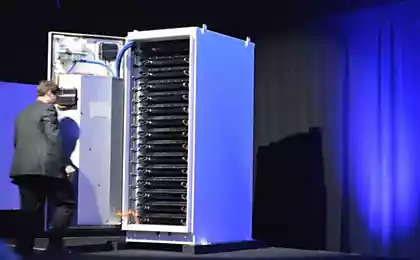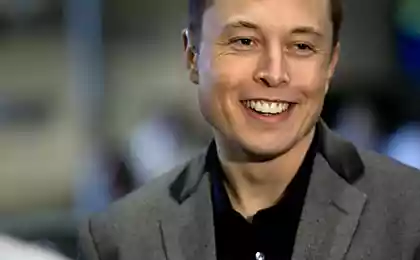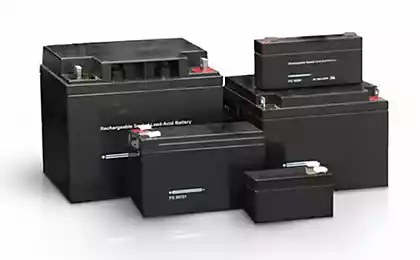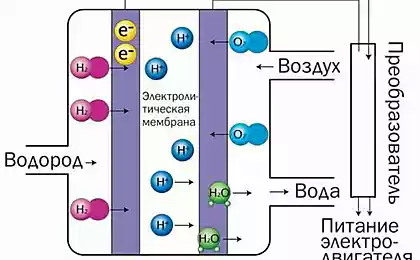2160
Review of new technologies in the production of food sources
Current month turned out to be successful for developers batteries. In various sources and then there are the latest news in the industry. I decided to gather information about them and to share with you. Under the cut you will find many different energy storage technologies - from sugar to quantum.
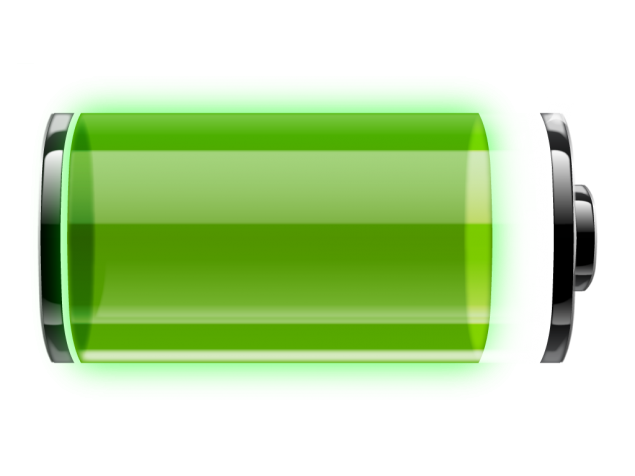
«Quantum" battery h4>
self-charging battery h4>
Battery sugar-based h4>
Battery with garnet structure h4>
Atomic batteries h4>
Conclusion h4>

«Quantum" battery h4>
From 26 to 28 February in Tokyo, an exhibition of drives, which among other things the company is represented Micronics Japan Co. Ltd . On her previous developments, little is known, but recently she stated that developed and produced to the production of a new type of layered battery. Single cell, which demonstrates the company is a film of metal-oxide-semiconductor structure of n-type, which uses particles of titanium dioxide and tin dioxide, zinc oxide coated with an insulating film. In the prototype used a sheet of stainless steel with a thickness of 10 microns, but was soon replaced by aluminum.
Quantum developers named their battery to accentuate her physical rather than chemical nature. Despite the fact that the energy storage instead it uses ions, electrons, the principle of operation different from this battery of capacitors. alleged , that the system is based on the storage of electronic "in the forbidden zone" of the semiconductor.
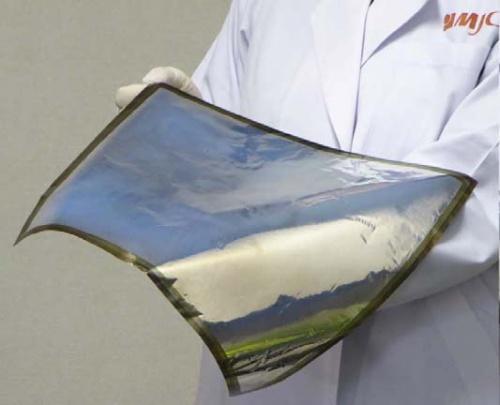
In the production of structures "metal - oxide - semiconductor" charge storage layer is irradiated with ultraviolet light. After fabrication, when charging, electrons occupy the free energetic levels in the working material and stored there as long as the battery is not required to discharge. The result is a rechargeable battery with a very high density energy storage.
What indicators have test samples is unknown, but the developer says that production models that will appear in the near future, will have a capacity of up to 500 W • h / L and at the same time be able to produce up to 8000 watts of peak power per liter of volume.
These drives combine the best features of batteries and supercapacitors. Even with the small capacity they can issue more peak power. The voltage from these drives, not decreases as their discharge, and by the end remains stable.
The declared operating temperature range from -25 to +85 ° C. The battery can be exposed to 100 thousand. Charge-discharge cycles before the fall of the tank below 90% of the original. The ability to quickly pick up and transfer energy to greatly reduce the charging time. Furthermore, such batteries are fireproof. Rare or expensive materials in its production are not used. In general, the advantages of so much that is not believed.
self-charging battery h4>
A team of researchers led by Wang Zhonglin (Zhong Lin Wang) Georgia Institute of Technology (USA) has created self-charging battery that does not require renewal charge to connect to a wall outlet.
The device is charged by mechanical action - or rather, by clicking. It is planned to be used in other devices smatrfonah and sensor devices.
The developers have placed your device under the calculator keys and were able to ensure that it is working during the day due to the energy from pressing buttons.
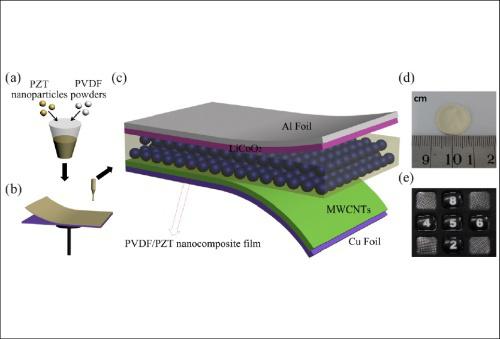
The battery is a "prirog" of polyvinylidene fluoride and zirconate titanatosvintsovoy film thickness of several hundred micrometers. When you click on it, lithium ions migrate from the cathode to the anode due to the piezoelectric effect. To increase the effectiveness of the prototype, the researchers added in its piezoelectric material nanoparticles, reinforcing the corresponding effect, and have made serious increase capacity and speed of recharging device.
It should be understood that the battery is opaque, so it can only be placed under the buttons or below the screen.
The battery does not have such outstanding features as previously described apparatus (battery capacity is now the size of a standard "pill" for matplat increased from the initial 0, 004 to 0, 010 mA • h), but the developers have promised more work on its effectiveness. Prior to the industrial design is still far, although flexible screens - the main devices in which the developers plan to place your battery - still poorly distributed. There is still time to refine his invention and put into production.
Battery sugar-based h4>
One gets the impression that the development of the battery takes only Asians. The prototype of the next unusual battery created in the US Virginia Tech.

This battery works essentially on sugar, maltodextrin rather on - polysaccharide obtained by hydrolysis of starch. The catalyst in such a battery is an enzyme. It is much cheaper than platinum, which is now used in conventional batteries. This battery refers to a type of enzyme fuel cells. Electricity is produced by the reaction of oxygen, air and water. Unlike hydrogen fuel cells, enzymes are nonflammable and nonexplosive. And after the battery is exhausted, according to developers , it will be possible to fill with sugar again.
On the technical characteristics of this type of batteries yet little is known. Only assert that their energy density several times higher than conventional lithium-ion batteries. The cost of such batteries significantly below normal, so developers are confident they find commercial application in the next 3 years. Let's wait for the promise.
Battery with garnet structure h4>
But scientists from the US SLAC National Accelerator Laboratory at Stanford University решили increase the amount of conventional batteries , using the garnet structure.
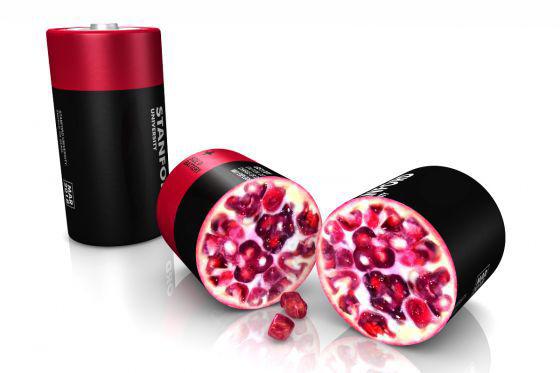
Developers minimize the size of the anodes and each of them was placed in a carbon cloth. This helps prevent their destruction. During charging, the particles are expanded and combined in clusters, which are also placed in a carbon cloth. As a result of such manipulations, the capacity of these batteries is 10 times the capacity of conventional lithium-ion batteries.
From experiments that after 1000 charge / discharge cycles, the battery retains 97% of its original capacity.
But the commercial application of this technology too early to say. Too expensive to manufacture silicon nanoparticles and too complicated process of creation of such batteries.
Atomic batteries h4>
And finally talk about the development of British scientists i>. They decided to outdo their colleagues created a miniature nuclear reactor. Prototype atomic battery created by researchers of the University of Surrey based on tritium, produces enough energy to run a mobile phone for 20 years. True to charge it then will not work.
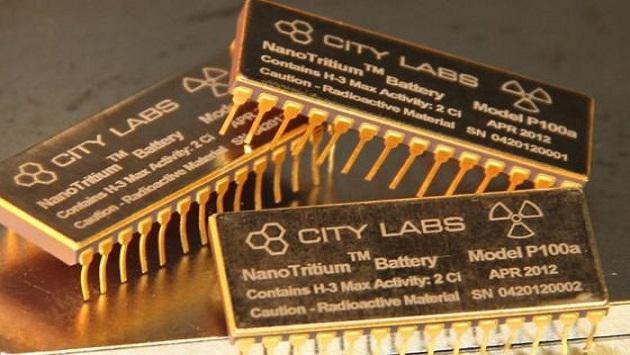
In a battery, which is the integrated circuit, nuclear reaction takes place, which is produced as a result of 0, 8 - 2, 4 watts of power. The operating temperature of the battery is from -50 to +150. In this case, she is not afraid of sudden changes in temperature and pressure.
The developers claim that human tritium, which is contained in the battery is not dangerous, because its content there is very little. However, the mass production of such power supplies is too early to say - scientists will spend much more research and testing.
Conclusion h4>
Of course, not all of the above technologies will find their application, however, it should be understood that in the next few years should occur breakthrough in the production of batteries, which will entail a surge of electric propagation and production of smart phones and other electronic devices of a new type.
Source: habrahabr.ru/post/214047/
"Space: Yesterday, Today and Tomorrow" - an online meeting with cosmonaut Fyodor Yurchikhin
Rocket SpaceX Falcon-9 test the folding support for a soft landing








